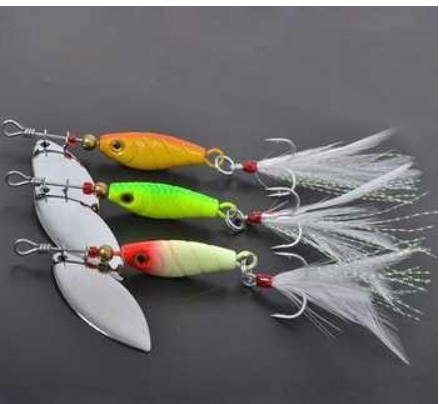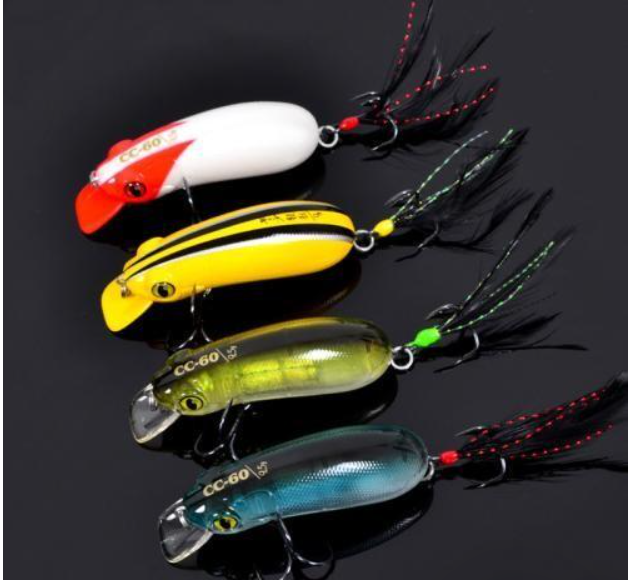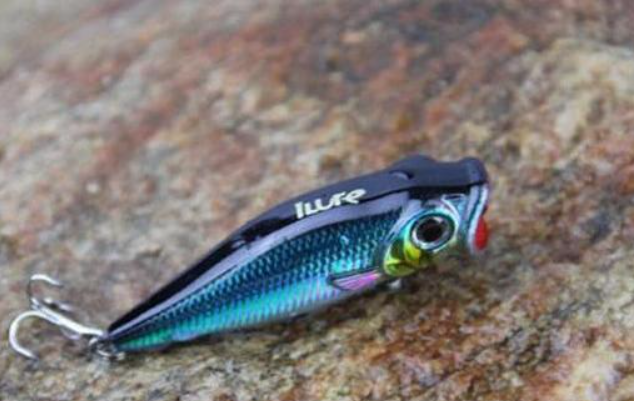In the fishing tackle market, lure colors are diverse and vibrant, ranging from a wide array of shades. Since fish have spherical lenses in their eyes that can distinguish colors to some extent, the variety of lure colors is not just for show to attract anglers. In practice, the three key factors for selecting lures are size, swimming action and depth, and color.

Color is essentially a wavelength (referring to the distance between corresponding points of a wave, such as sound or light). Water molecules absorb or filter light of different wavelengths, so as sunlight passes through various water layers, it removes unnecessary colors. If a color is filtered out by the water at a certain depth, it effectively disappears, regardless of whether human or fish eyes can perceive it. The intensity and brightness of visible light also diminish accordingly.

Water absorbs light more as the wavelength increases. Blue and green have shorter wavelengths and are less absorbed in water, while longer wavelengths like red are more easily absorbed (in clear waters, red disappears at depths of 4-6 meters, followed by orange, yellow, green, blue, and black). The rate of wavelength absorption depends on factors like cloud cover, water clarity and color, and the presence of weeds or plankton. Exploring how lure colors are absorbed at different depths, white lures may appear blue or dark gray, and colors gradually darken with increasing depth. At 12-15 meters, even in relatively clear waters, the underwater world is mostly composed of gray, blue, and black.

How to choose lure colors to maximize fish attraction in fishing?
1. For murky or turbid waters: In areas with silt, mud, or after heavy rain, where visibility is low, black lures work best. In polluted waters or during seasonal algae blooms, two-toned lures are more attractive. In amber-colored waters, dark-colored lures are more effective.
2. Weather and lure selection: On sunny days, with more direct light reflection, silver or gold lures are more effective. On cloudy days, when ultraviolet light is stronger, fluorescent lures become particularly bright under this exposure.